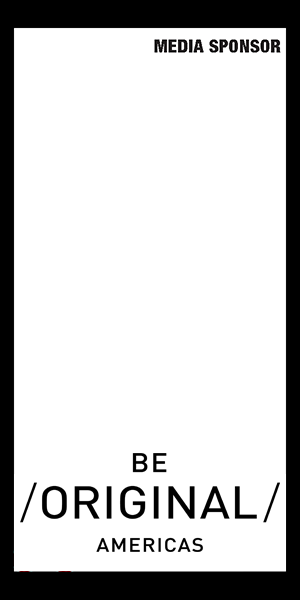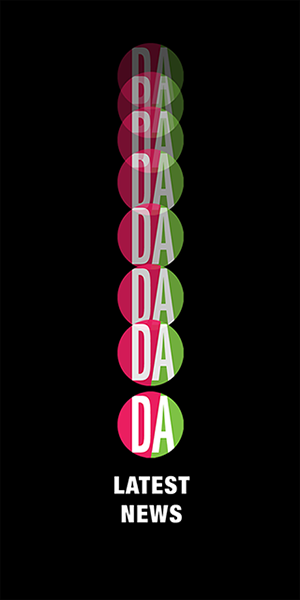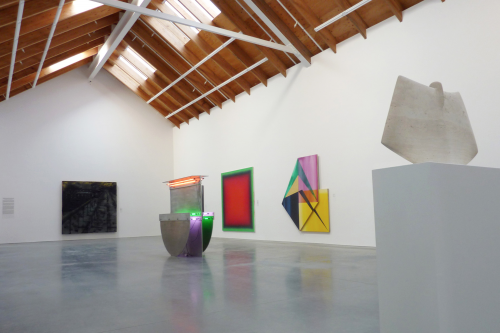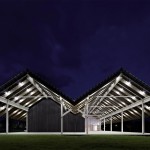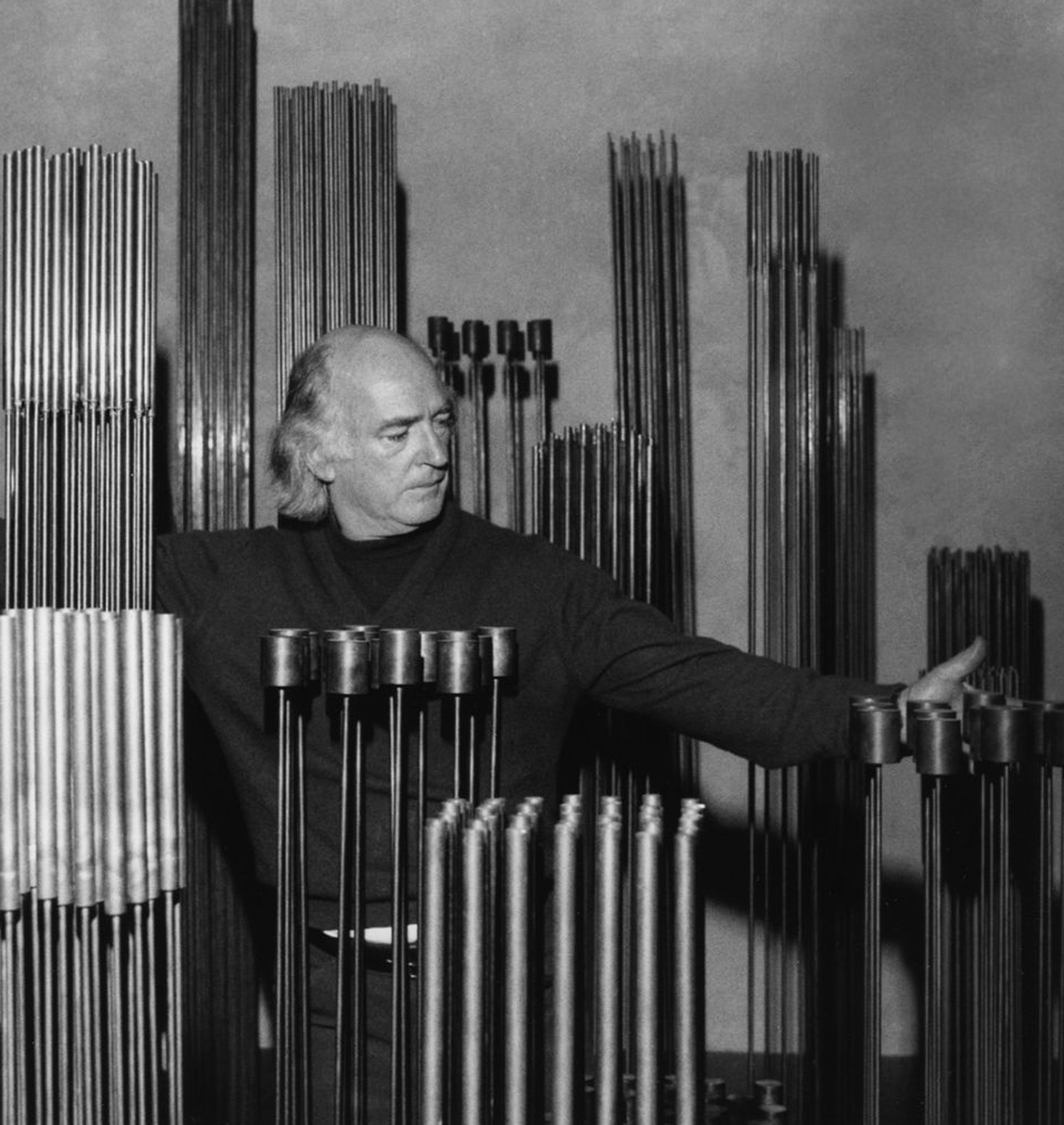After numerous Design Miami 2012 related visits for numerous events held at the 1111 Lincoln Road office building and a Herzog & de Meuron parking garage I was inspired to seek out other Herzog projects and found the recently opened Parrish Museum located in Water Mill, NY. What makes the Parrish Musuem concept so beautiful is it’s simplicity: a long twin-peaked building pavilion of extreme efficiency. Of interest, simplicity and efficiency was not the first concept proposed. In 2006 the architects proposed an $80 million multiple pavilion scheme around the site, but this concept felt to be beyond the museum’s reach. Terrie Sultan, the head of the Parrish simply waited and Ascan Mergenthaler, the partner who was in charge of this project, came back with a $26 million concept which the museum agreed to. The museum opened in November 2012.
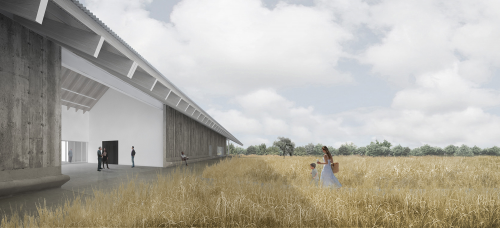 north view exterior | computer-generated image | copyright herzog & de meuron
north view exterior | computer-generated image | copyright herzog & de meuron
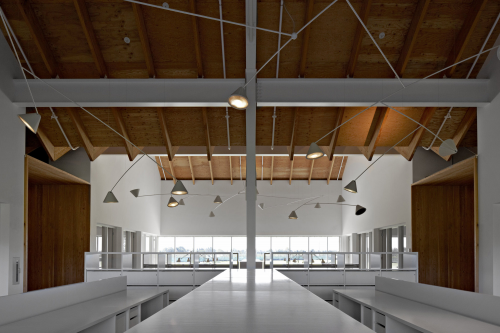
The architect describes the concept: The starting point for the new Parrish Art Museum is the artist’s studio in the East End of Long Island. We set the basic parameters for a single gallery space by distilling the studio’s proportions and adopting its simple house section with north-facing skylights. Two of these model galleries form wings around a central circulation spine that is then bracketed by two porches to form the basis of a straightforward building extrusion.
The floor plan of this extrusion is a direct translation of the ideal functional layout. A cluster of ten galleries defines the heart of the museum. The size and proportion of these galleries can be easily adapted by re-arranging partition walls within the given structural grid. To the east of the gallery core are located the back of house functions of administration, storage, workshops and loading dock. To the west of the galleries are housed the public program areas of the lobby, shop, and café with a flexible multi-purpose and educational space at the far western end.
An ordered sequence of post, beam and truss defines the unifying backbone of the building. Its materialization is a direct expression of readily accessible building materials and local construction methods. The exterior walls of in situ concrete act as long bookends to the overall building form, while the grand scale of these elemental walls is tempered with a continuous bench formed at its base for sitting and viewing the surrounding landscape. Large overhangs running the full length of the building provide shelter for outdoor porches and terraces.
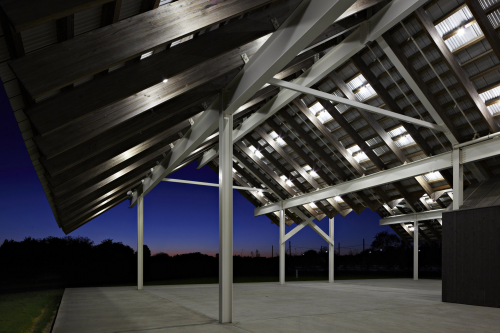
The placement of the building is a direct result of the skylights facing towards the north. This east-west orientation, and its incidental diagonal relationship within the site, generates dramatically changing perspective views of the building and further emphasizes the building’s extreme yet simple proportions. It lays in an extensive meadow of indigenous grasses that refers to the natural landscape of Long Island.
Herzog & de Meuron, 2010
 parrish chairs | konstantin grcic | emeco | 2012
parrish chairs | konstantin grcic | emeco | 2012
The Parrish collection includes a table, chair and lounge chair, all with curving legs made from recycled aluminium and seats made of reclaimed pine. “The Parrish chair was given a round tube, forming a belt that defines the space around you – a space where you can feel protected,” ~ Konstantin Grcic.
Architect: Herzog & de Meuron
Location: Water Mill, Long Island, New York
Client: Parrish Art Museum
Photos: Matthu Placek
Completed: 2012



